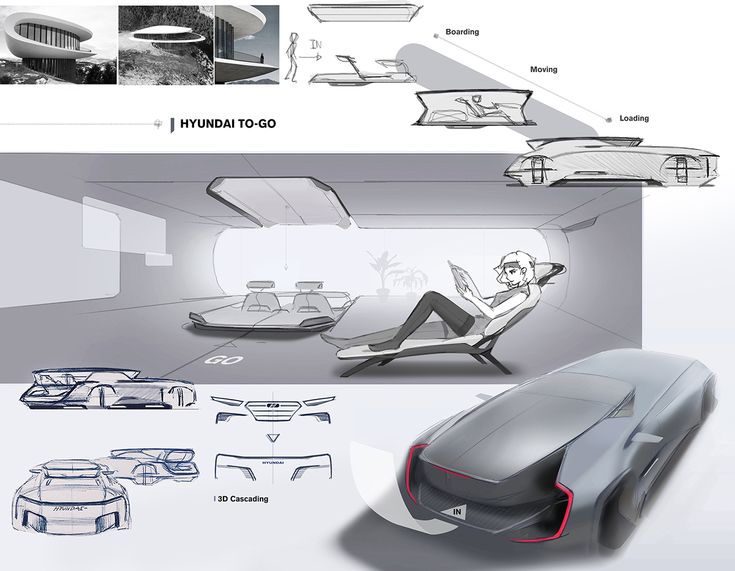In the competitive world of automotive design, Hyundai has carved out a distinctive niche with its innovative and captivating vehicle designs. This article explores the inspirations behind Hyundai car designs, delving into the creative processes, influences, and the impact of these designs on the automotive industry.
Understanding Hyundai’s Design Philosophy
Hyundai’s approach to car design is rooted in a blend of tradition and forward-thinking innovation. Key elements of their design philosophy include:
- Fluidic Sculpture 2.0: Introduced in 2010, this design language emphasized flowing lines and dynamic forms, inspired by nature and modern aesthetics.
- Sensuous Sportiness: The evolution of Fluidic Sculpture, this philosophy focuses on creating emotional, sensuous designs that evoke passion and excitement.
- Proportion Play: Hyundai pays meticulous attention to proportions, balancing aesthetics with functionality to create visually appealing and aerodynamically efficient vehicles.
Sources of Inspiration
Hyundai draws inspiration from various sources, integrating diverse elements into their designs:
- Nature’s Forms: Many Hyundai designs are inspired by natural shapes and patterns, reflecting organic beauty and efficiency.
- Cultural Influences: Hyundai often infuses cultural elements from different regions into their designs, catering to global markets while maintaining a distinct identity.
- Technological Advancements: Innovations in materials and manufacturing processes influence Hyundai’s design choices, enhancing both aesthetics and performance.
Also Read :Finding Inspiration in Hyundai Car Design
Case Studies of Iconic Hyundai Models
1. Hyundai Sonata
The Hyundai Sonata exemplifies Hyundai’s design evolution:
- Fluidic Sculpture: The 2010 Sonata showcased Hyundai’s departure from conventional sedan designs with its bold curves and elegant profile.
- Sensuous Sportiness: The latest Sonata continues this trend with sharper lines and a more aggressive stance, appealing to a younger demographic.
2. Hyundai Kona
The Hyundai Kona represents Hyundai’s foray into the compact SUV segment:
- Distinctive Design: With its unique two-tone color options and muscular body lines, the Kona stands out in its segment.
- Youthful Appeal: Designed to attract millennials, the Kona’s expressive design reflects a blend of urban chic and rugged capability.
Innovative Design Techniques
Hyundai employs cutting-edge design techniques to stay ahead of the curve:
- Virtual Reality Design: Hyundai utilizes VR technology to visualize and refine designs, speeding up the development process and improving design accuracy.
- Parametric Dynamics: This design philosophy allows for intricate detailing and customization, giving Hyundai vehicles a distinctive and personalized look.
Impact on the Automotive Industry
Hyundai’s design innovations have left a significant mark on the automotive industry:
- Competitive Edge: Distinctive designs have helped Hyundai differentiate itself in crowded markets, attracting a diverse customer base.
- Global Recognition: Hyundai’s design prowess has garnered international acclaim, influencing design trends across the globe.
- Sustainability Initiatives: Hyundai integrates eco-friendly design practices, promoting sustainability without compromising on style or performance.
Future Directions
Looking ahead, Hyundai continues to push the boundaries of automotive design:
- Electric Revolution: Future Hyundai models will feature innovative designs tailored to electric platforms, focusing on aerodynamics and efficiency.
- AI Integration: Artificial intelligence will play a pivotal role in future Hyundai designs, optimizing user experience and safety features.
- Global Collaboration: Hyundai’s design teams collaborate across continents, ensuring that designs resonate with diverse global markets.
Conclusion
In conclusion, Hyundai’s approach to car design is a harmonious blend of artistry, technology, and cultural inspiration. By embracing innovation and staying true to their design philosophy, Hyundai continues to captivate drivers worldwide with vehicles that are not only visually stunning but also technologically advanced and environmentally conscious. As Hyundai navigates the future of mobility, its commitment to innovative design ensures that each vehicle tells a compelling story of inspiration and innovation.
(source)
Originally posted 2024-06-28 06:36:16.
